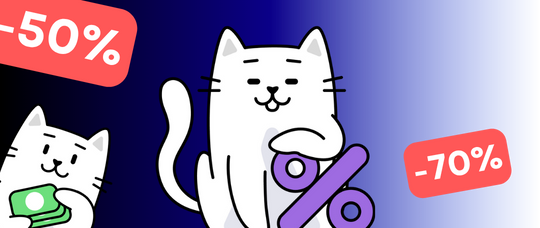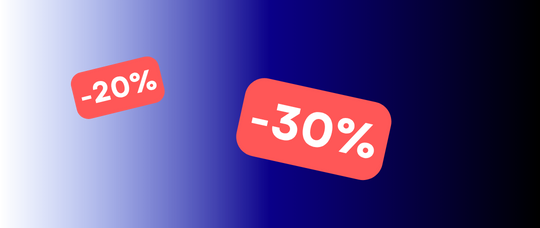

Advertising on the Telegram channel «Economics Economy Notes»
Best Quality Global active audience in this channel.
Get Recognition of your Brand in the Global Market.
You can advertise here with us !!!
Catalog of Telegram Channels for Native Placements
Advertising on the Telegram channel «Economics Economy Notes» is a Telegram channel in the category «Образование», offering effective formats for placing advertising posts on TG. The channel has 2.4K subscribers and provides quality content. The advertising posts on the channel help brands attract audience attention and increase reach. The channel's rating is 13.3, with 5 reviews and an average score of 5.0.
You can launch an advertising campaign through the Telega.in service, choosing a convenient format for placement. The Platform provides transparent cooperation conditions and offers detailed analytics. The placement cost is 24.0 ₽, and with 22 completed requests, the channel has established itself as a reliable partner for advertising on Telegram. Place integrations today and attract new clients!
Комментарий